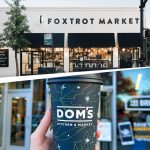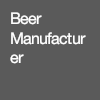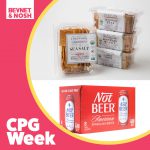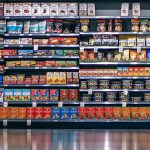Deloitte Study Finds Growth of Frozen Food Outpaces Fresh
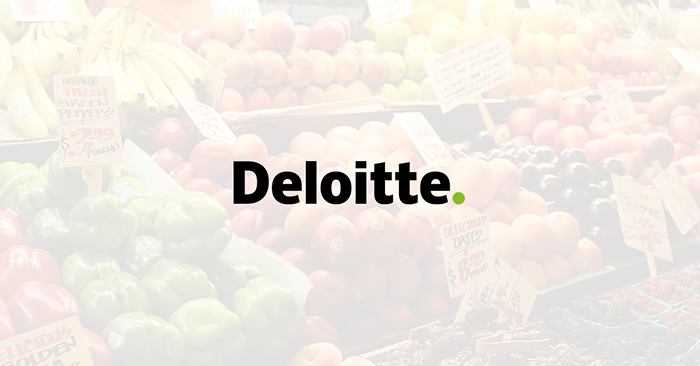
After a year of pandemic-induced pantry loading, the fresh food market saw sales increase more than 10% while the frozen food category grew 21% over the same period, according to the third edition of Deloitte’s annual Future of Fresh series. The data suggests the previously negative stigma toward frozen food may be thawing, which may come at a good time as industry experts are wary as to whether the supply chain for fresh food can sustain this increase in demand.
In a survey of 2,000 respondents, the draws to fresh food were reflected in perceptions of nutritional value and, for younger consumers, linked to lifestyle choices. Although, the study notes, the two categories shouldn’t be measured in direct competition with one another — as there is fairly significant brand overlap between the sections of the store and a variety of use occasions that direct a consumer to one aisle or another. The study also noted that though both categories saw gains, brands within each section must continue to remain vigilant.
“Even in times of great success, companies should look out for where competition may come next,” Vice Chairman of Deloitte and U.S. consumer products leader Barb Renner said in a press release. “The industry needs to work out its supply chain issues and re-energize the fresh experience.”
Fresh Versus Frozen
The three main reasons consumers identified as fueling their purchasing decisions were perishability, price and preference. As they seek to reduce shopping trips consumers have become less tolerant to perishable items since the beginning of the pandemic. According to the report, the consumer group for “frequent” fresh food shoppers has declined 8% since 2019 while the group of those who identify as “less frequent” fresh food shoppers grew 12%.
The perishable nature of fresh items has also resulted in supply chain and distribution issues, at times, over the last year. This too has driven consumer purchasing choices with Deloitte noting that consumers said out-of-stock issues were the most significant factor in driving them from fresh to the frozen aisle.
When it comes to price, nine in ten consumers noted that price is the most important driver for fresh purchases. The U.S. food market experienced price inflation throughout the first three quarters of the year and it is expected the trend will continue well into the future. 82% of respondents believe the price of fresh food increased more than a justified margin over the past year while half of that same group don’t believe the price of frozen food changed at all.
In terms of preference, while half of the respondents said frozen is as equal or better-for-you than fresh, this appears to be a sentiment shared by younger consumers. The vast majority of those who recognize frozen as having equal nutritional value were between the ages of 18 to 34. However, consumers are split as to whether preparing frozen food is any easier than a fresh alternative with only half of the respondents indicating the category lends itself to convenience.
Although these results may seem like the future is in frozen, the impressions of fresh food aren’t as bleak as they seem. In response to a new survey question this year that polled respondents on their emotional response to consuming food in the two categories, 90% of consumers reported that eating fresh food “made them feel happy.” Meanwhile, less than half reported the same response from eating frozen foods. Among younger, urban-dwelling consumers, eating fresh food has become part of their lifestyle with many reporting that they shop for fresh food online and through subscription-based meal delivery services, according to Deloitte
Supply Chain, Safety and Sustainability
When it comes to purchasing decisions an increasing number of consumers — upwards of three quarters of respondents — are thinking about whether their food will go to waste. However, impacting these decisions may be the perceived changes around fresh food overall as 60% of consumers believe the shelf-life of fresh food has decreased due to the pandemic-induced supply chain disruptions.
Food safety also remains a key driver behind purchases this past year and although packaging on fresh foods has been found to offer little value in keeping the product fresh longer, 90% of consumers said they prefer fresh foods to have some form of packaging to protect against “contamination.”
In contrast to previous years, the survey results suggest sustainability is playing a lesser role in purchasing decisions, with the importance of sustainability to respondents dropping 10% over the past two years. The report notes this may be due to shifting priorities and that the trend could be temporary, but “there is reason to believe consumers do not fully recognize their own agency in making food more sustainable relative to other participants in the food system.”
Where Does This Leave The Industry?
Category perceptions don’t appear to be directly competitive with one from a consumer perspective. Though neither is gaining from changing perceptions in the other category, the survey results do reflect that when confronted with out-of-stock items, consumers are increasingly more willing to seek alternatives in the frozen aisle.
“Suppliers and retailers should also consider leaning into the opportunity in frozen by expanding their product offerings and reimagining the frozen aisle to create excitement and even more growth,” Renner explained in a press release. “Nailing e-commerce and the overall omni-channel approach will be critical as well for future success.”
The report also indicates that growth opportunities for fresh food may lie in e-commerce considering that over 75% of younger consumers who favor fresh foods are also keen on subscription-based meal services that require no to low preparation.

